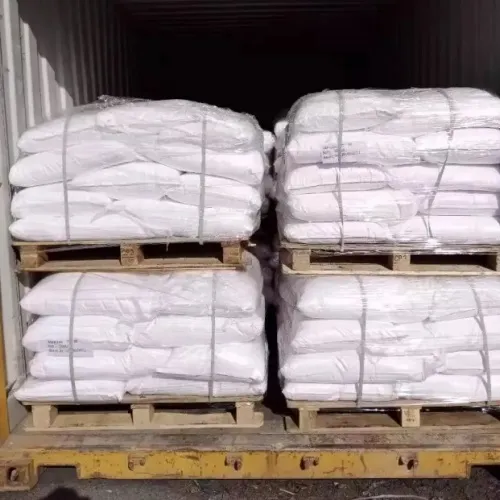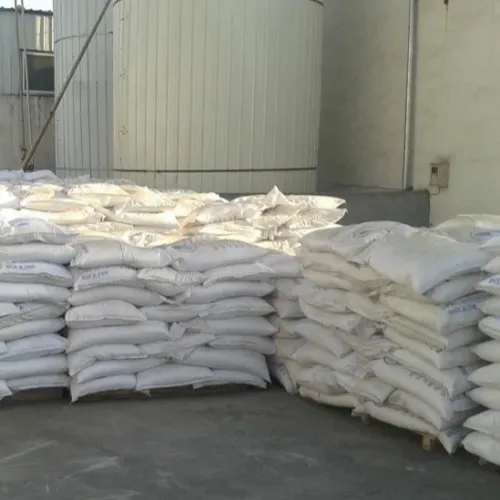Warning: Undefined array key "file" in /home/www/wwwroot/HTML/www.exportstart.com/wp-content/themes/1198/header.php on line 7
Warning: Undefined array key "title" in /home/www/wwwroot/HTML/www.exportstart.com/wp-content/themes/1198/header.php on line 7
Warning: Undefined array key "title" in /home/www/wwwroot/HTML/www.exportstart.com/wp-content/themes/1198/header.php on line 7
- Afirika
- Chialubaniya
- Chiamharic
- Chiarabu
- Chiameniya
- Chiazerbaijani
- Basque
- Chibelarusi
- Chibengali
- Chibosnia
- Chibugariya
- Chikatalani
- Cebuano
- China
- China (Taiwan)
- Chikosikani
- Chikroatia
- Chicheki
- Chidanishi
- Chidatchi
- Chingerezi
- Chiesperanto
- Chiestonia
- Chifinishi
- Chifalansa
- Chifrisian
- Chigalikiya
- Chijojiya
- Chijeremani
- Chigriki
- Gujarati
- Chikiliyo cha ku Haiti
- hausa
- Hawaii
- Chiheberi
- Ayi
- Miao
- Chihangare
- Chi Icelandic
- igbo
- Chi Indonesian
- ayi
- Chitaliyana
- Chijapani
- Chijavani
- Kanada
- kazakh
- Khmer
- Rwanda
- Chikorea
- Chikurdi
- Kyrgyz
- TB
- Chilatini
- Chilativiya
- Chilithuania
- ChiLuxembourgish
- Chimakedoniya
- Malgashi
- Chimalayi
- Malayalam
- Chimalta
- Chimaori
- Chimarathi
- Chimongoliya
- Myanmar
- Chinepali
- Chinorwe
- Chinorwe
- Occitan
- Pashto
- Chiperisi
- Chipolishi
- Chipwitikizi
- Chipunjabi
- Chiromania
- Chirasha
- Chisamoa
- Scottish Gaelic
- Chisebiya
- Chingerezi
- Chishona
- Sindi
- Sinhala
- Chisilovaki
- Chisiloveniya
- Somalia
- Chisipanishi
- Chisundanese
- Swahili
- Chiswidishi
- Chitagalogi
- Tajiki
- Tamil
- Chitata
- Telugu
- Thai
- Turkey
- Turkmen
- Chiyukireniya
- Chiurdu
- Uighur
- Chiuzbeki
- Vietnamese
- Welsh
- Thandizeni
- Chiyidi
- Chiyoruba
- Chizulu
Tetrabromobisphenol A (TBBPA)
TBBA(TBBPA), a highly effective brominated flame retardant of our company, can be used as a reactive-type flame retardant in epoxy resin. polyurethane resin, BDDP, etc.. and also as an additive-type flame retardant in PS, SAN resins, ABS resins, etc.
Chiwonetsero chazinthu
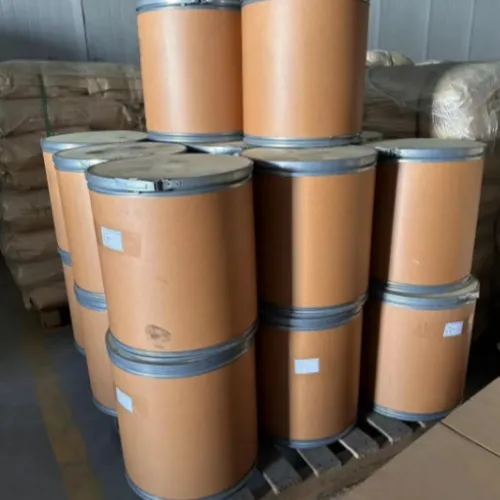
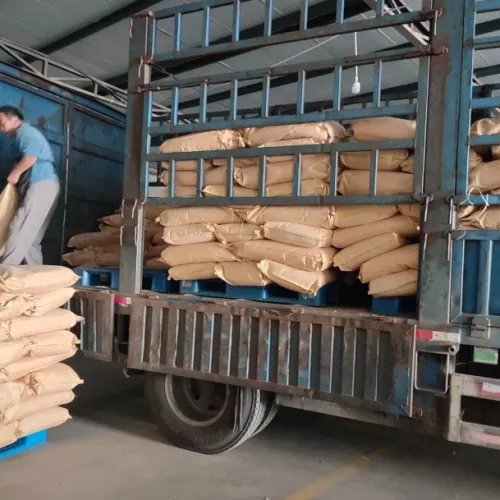
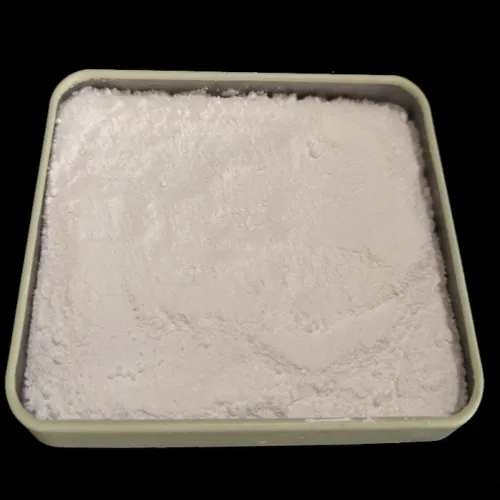
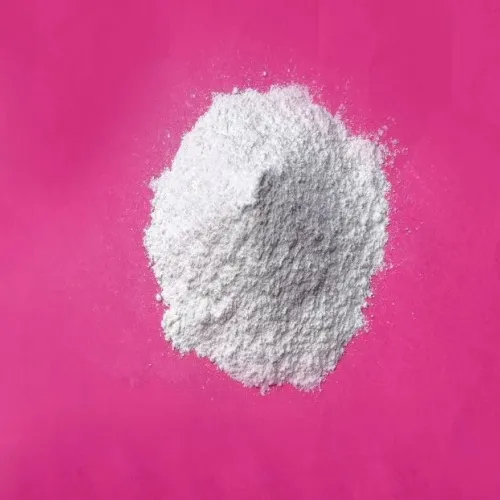
TBBA
Product name: TBBA
Molecular Formula : C15H12Br14O2
Molecular Weight:543.87
The CAS Number: 79-94-7
EINECS Number: 201-236-9
- As a reactive flame retardant, it can be used in epoxy resin, polyurethane resin, etc.; as an additive flame retardant, it can be used in polystyrene, SAN resin, ABS resin, etc.
2. Tetrabromobisphenol A is widely used as a flame retardant in plastics, rubber, textile, fiber and papermaking industries, such as epoxy, polycarbonate, polyester, phenolic and ABS resins, making the products have good flame retardant and self-extinguishing properties. It is currently officially used in TV high-voltage package infusion of epoxy resin.
Tili ndi mafakitale apamwamba kwambiri omwe ali ndi mgwirizano wozama, omwe angakupatseni mankhwala apamwamba kwambiri komanso mitengo yampikisano. Ndipo titha kuperekanso kuchotsera pogula zinthu zambiri.Ndipo timagwirizana ndi makampani ambiri otumiza katundu, amatha kubweretsa zinthu mosatekeseka m'manja mwanu. Kutumiza nthawi ndi za 3-20 masiku chitsimikiziro cha malipiro.
|
TetrabromobisphA Basic information |
|
|
Product Name: |
TetrabromobisphA |
|
CAS: |
79-94-7 |
|
MF: |
C15H12Br4O2 |
|
MW: |
543.87 |
|
EINECS: |
201-236-9 |
|
Mol File: |
79-94-7.mol |
|
TetrabromobispA Structure |
|
|
Tetrabromobisph A Chemical Properties |
|
|
Malo osungunuka |
178-181 °C(lit.) |
|
Malo otentha |
316 °C |
|
kachulukidwe |
2.1 |
|
refractive index |
1.5000 (estimate) |
|
kutentha kutentha. |
2-8 ° C |
|
kusungunuka |
Insoluble |
|
pka |
8.50±0.10(Predicted) |
|
mawonekedwe |
neat |
|
Kusungunuka kwamadzi |
Insoluble |
|
Mtengo wa BRN |
1889048 |
|
CAS DataBase Reference |
79-94-7(CAS DataBase Reference) |
|
IARC |
2A (Vol. 115) 2018 |
|
NIST Chemistry Reference |
Phe, 4,4'-(2,2-propanediyl) bis[2,6-dibromo]-(79-94-7) |
|
EPA Substance Registry System |
Tetrabromobisphl A (79-94-7) |
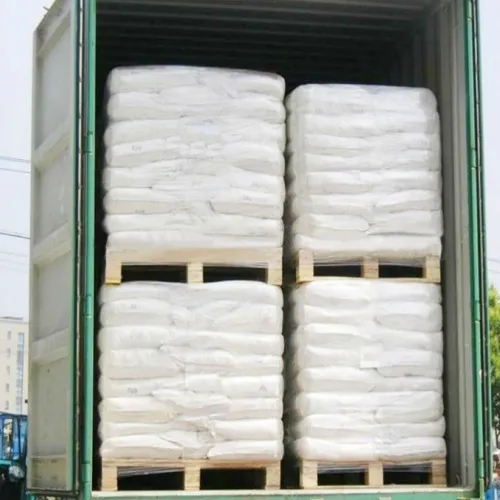
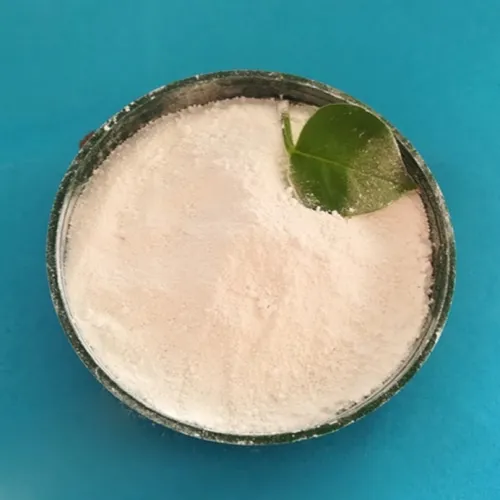
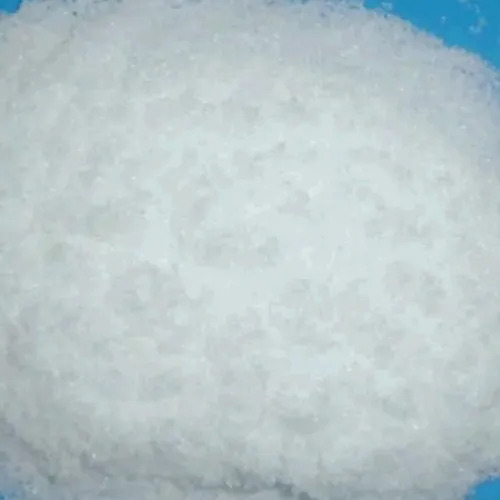
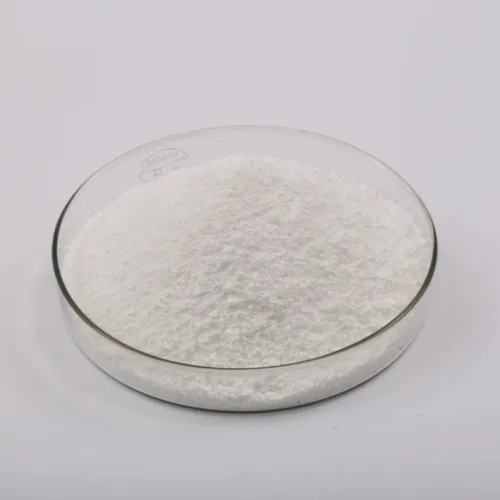
As a multifunctional rubber additive, TAIC can be applied in the following three fields:
1. Plastic TAIC can improve the heat resistance, chemical stability and thermosetting properties of CPE, PE, PA, PBT, PVC and other plastic materials.
2. Rubber TAIC can provide a low compression set and improved thermal aging performance for a variety of synthetic rubbers (such as EPDM, HNBR, TPE, FKM, EVA).
3. The combination of photovoltaic TAIC and peroxide can improve the curing speed, improve production efficiency, save production costs, and enhance the efficiency / efficiency of solar modules by improving the transparency of EVA sealing materials.
Note: in order to obtain the necessary structural stability, EVA coating has to be crosslinked by peroxide during the lamination process. By using TAIC as a crosslinking additive in EVA coating, the crosslinking process is significantly improved, resulting in the following advantages / advantages:
A. Curing time reduction / cost savings
B. Increase of glue content / crosslinking degree
C. Increased transparency
D. Improved color stability by shorter curing time
Magulu azinthu
-
 Apr . 27, 2025Zibo will host the 2025 International Chemical ExpoZibo, a city known for its thriving chemical industry, will host the 2025 Zibo International Chemical Expo from May 16 to May 18, 2025. This highly anticipated event aims to bring together industry leaders, innovators and stakeholders from around the world to explore the latest advancements and trends in the chemical industry.
Apr . 27, 2025Zibo will host the 2025 International Chemical ExpoZibo, a city known for its thriving chemical industry, will host the 2025 Zibo International Chemical Expo from May 16 to May 18, 2025. This highly anticipated event aims to bring together industry leaders, innovators and stakeholders from around the world to explore the latest advancements and trends in the chemical industry. -
 Apr . 22, 20252025 Yokohama Cosmetics Raw Materials and Technology ExhibitionYOKOHAMA, Japan – The City of Yokohama is preparing to host the much-anticipated Cosmetics Ingredients & Technologies 2025 from May 14 to May 16, 2025. The premier event is expected to attract industry professionals, innovators and enthusiasts from around the world to showcase the latest advancements in cosmetic ingredients and technologies.
Apr . 22, 20252025 Yokohama Cosmetics Raw Materials and Technology ExhibitionYOKOHAMA, Japan – The City of Yokohama is preparing to host the much-anticipated Cosmetics Ingredients & Technologies 2025 from May 14 to May 16, 2025. The premier event is expected to attract industry professionals, innovators and enthusiasts from around the world to showcase the latest advancements in cosmetic ingredients and technologies. -
 Apr . 18, 20252025 India Mumbai Fine Chemicals ExhibitionMUMBAI, India – The bustling metropolis of Mumbai is gearing up to host the much-anticipated Fine Chemicals Expo on April 29-30, 2025. The premier event is expected to attract industry leaders, innovators and stakeholders from across the world to showcase the latest advancements in the fine chemicals sector.
Apr . 18, 20252025 India Mumbai Fine Chemicals ExhibitionMUMBAI, India – The bustling metropolis of Mumbai is gearing up to host the much-anticipated Fine Chemicals Expo on April 29-30, 2025. The premier event is expected to attract industry leaders, innovators and stakeholders from across the world to showcase the latest advancements in the fine chemicals sector.


